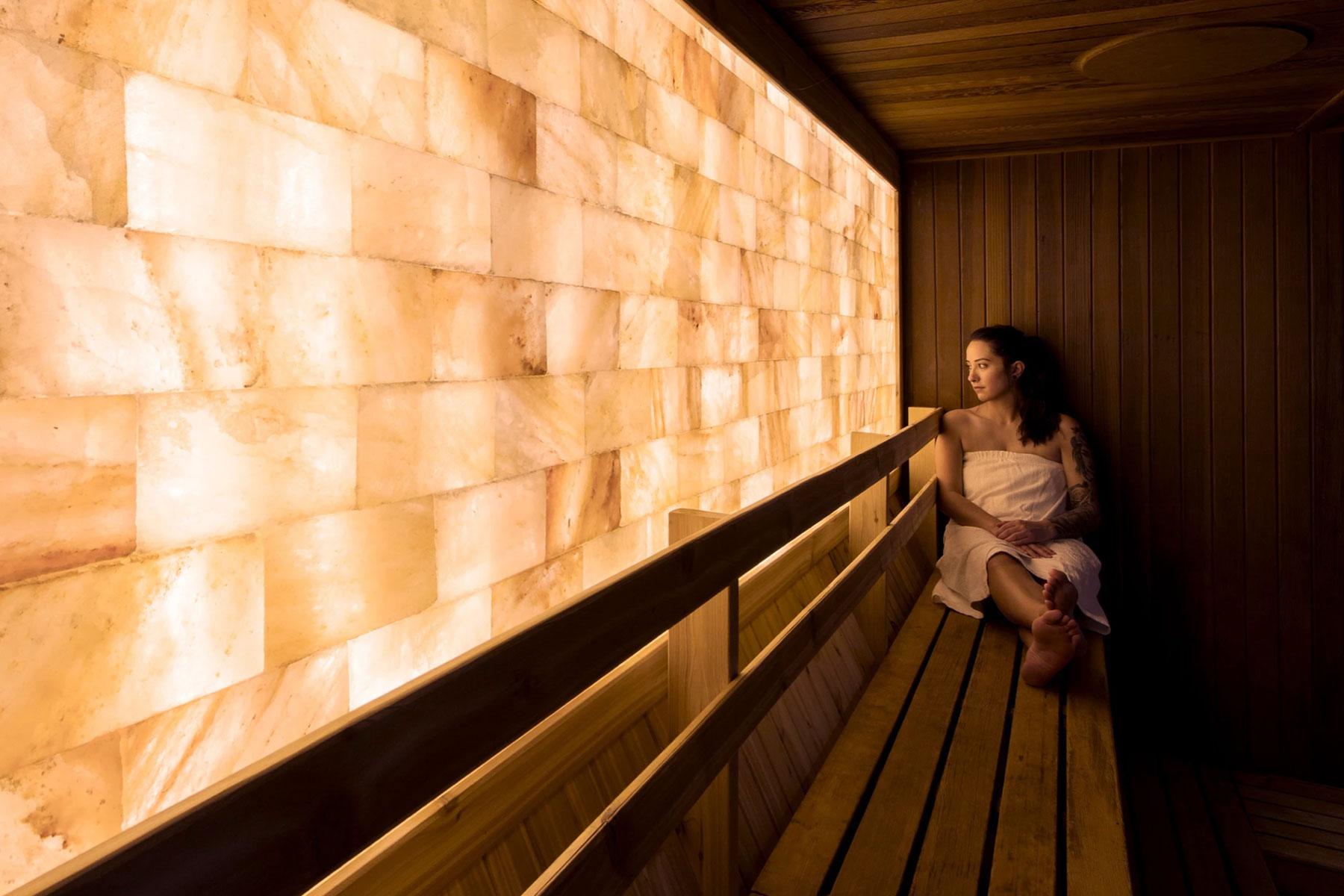Heat Acclimation for Safe Summer Training
Aug 16 2021 ・ By Laura Roe Stevens (External) ・ 5 min read


Firemen and hot yoga teachers have known for years – and now scientific research confirms – that our bodies adjust over time to high temperatures.
This is great news for athletes who must train in the hot, summer months. Once acclimated, most will be able to perform safely, and optimally, in extreme environments. But it doesn’t happen overnight. The key is to acclimate, which means exposing the body to high temperatures daily, for short periods of time. This must be done a week or two before strenuous training begins in the sun and high temperatures.
Every year in America, we read about athletes who collapse in the summer months during training. Physical trainers and coaches are educated in heat safety: Drink water, get rest, limit alcohol, take breaks. But for years, many believed that a person in peak physical fitness (and hydrated) would be able to withstand the intensity of the summer heat – and could push to reach goals in their sport. Research now shows that another approach will get better results: systematic heat acclimation done before hardcore, daily, midday training begins.
So What is Systematic Heat Acclimation?
Heathcote researched passive exposure to heat (in saunas and hot baths) for 30-minute sessions, 7 to 14 days in a row. This allowed the body to adjust and perform safely in higher temperatures and to push harder.
These scientists at The School of Health and Human Sciences at Southern Cross University in Australia found that passive exposure to heat done more than 14 days in a row (before active training in the heat begins) was ideal. Their findings, published in the journal Frontiers of Physiology, showed that optimal temperatures for heat acclimation were 176 degrees F for saunas, and 104 degrees F for baths, resting up to the neck.
Study participants who exercised prior to and with rests before passive heat exposure periods (in a bath or sauna) adapted more easily and performed better during extreme heat workouts later.
Another study by Stevens has confirmed that active heat acclimation strategies of wearing more layers of clothing daily for a period of time to raise core body temperature and increase sweat rates while exercising also helps with a safer transition to hot workouts. (These, however, may not be as effective, as quickly, as the passive heat acclimation sessions.) Firemen have often adapted this approach by wearing full-body gear for weeks before fire season begins. This helps them keep going in the extreme heat they’re exposed to for hours at a time when fighting fires.
How Does it Work?
Scientists found that heat acclimatization triggers a rapid cooling response internally. Specifically, it trains the body to sweat faster when exposed to extreme temperatures – helping the body cool down quickly. In fact, the team of scientists working with Heathcote discovered that study participants who had daily sessions in the sauna or hot baths began to sweat four minutes earlier when exercising in the heat than those who had not acclimated. Four minutes might not sound like a lot of time, but when someone is in extreme temperatures and training, cooling down earlier can make a huge difference in health and performance.
“Elite athletes have used heat acclimation to prepare for competition for years. Anyone preparing to exercise in a hot climate can benefit from using these methods—they are important for both safety and performance,” says Dustin Nabhan, DC, DACBSP, FACSM, Canyon Ranch Vice President of Health & Performance.
Is it Safe For Everyone?
The quick answer is similar to whether training in the heat is safe for everyone: no. For instance, before training in extreme temperatures, physicians suggest getting a physical and discussing any family history of heart disease, diabetes, or stroke. While acclimating to the heat can help endurance athletes train better in summer months, pushing yourself to the limits when in high temperatures is taxing. Those with any pre-existing conditions must take precautions. Being hydrated and getting adequate rest and sleep are musts. Proper nutrition helps, too. As for heat acclimation sessions, experts say not to engage in daily sauna sessions and hot baths protocols if you have injuries, swelling, vascular problems, open wounds, or infections. Stop any session or high-heat workout if you have signs of heat illness, such as light-headedness or nausea.
References Heathcote, S., Hassmen, P., Zhou, S., Stevens, C. (2018). Passive Heating: Reviewing Practical Heat Acclimation Strategies for Endurance Athletes. Frontiers in Physiology, (1-11).
Stevens, C., (2018) Evidence for Training in Additional Clothing as an Alternative Heat Acclimation Strategy for Athletes. Taylor & Francis Group, (101-102).

